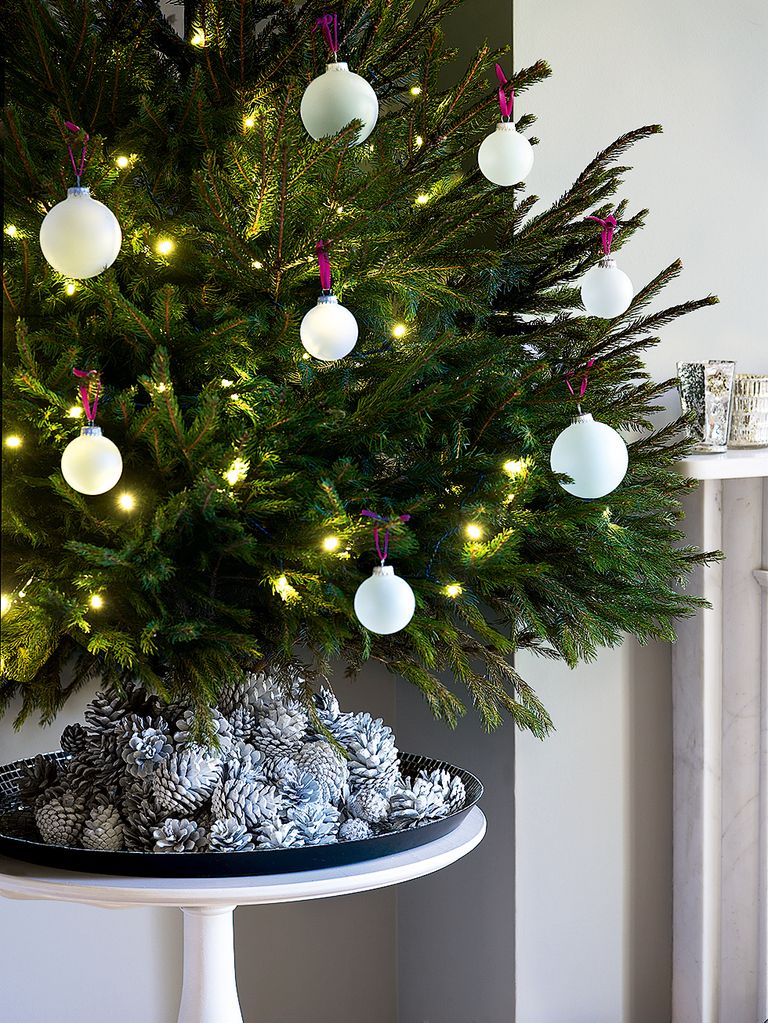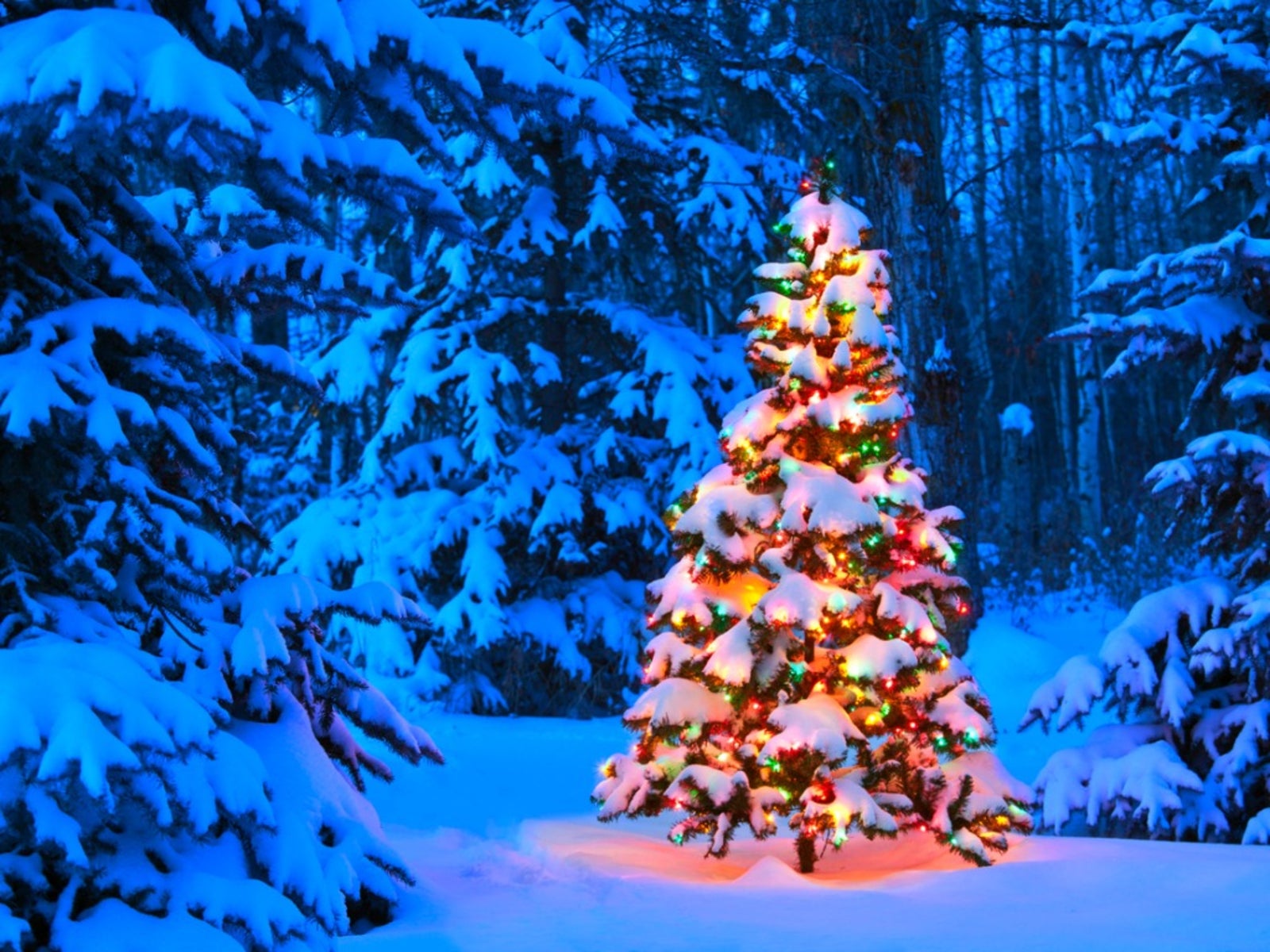
Christmas trees have become an integral part of the holiday season, and for many, the tradition of having a real tree in their home is a beloved one. However, did you know that you can actually grow your own Christmas tree? With a little patience and care, you can have a thriving tree that will provide years of holiday cheer. Here's a step-by-step guide on how to grow Santa's own Christmas trees.
Growing your own Christmas tree can be a fun and rewarding experience, especially for families with children. Not only will you have a unique and personalized tree, but you'll also be teaching your kids about the importance of sustainability and taking care of the environment. Plus, imagine the excitement of decorating a tree that you've grown yourself!
The best part is that you don't need a lot of space to grow a Christmas tree. You can start with a small tree in a pot and transplant it to a larger container or even your backyard as it grows. With proper care, your tree can thrive for years to come.
So, how do you get started? Here are the 7 ways to grow Santa's own Christmas trees:
Choose the Right Tree Species

The first step in growing your own Christmas tree is to choose the right species. There are many types of Christmas trees to choose from, each with its unique characteristics and growing conditions. Some popular species include:
- Fraser Fir (Abies fraseri)
- Douglas Fir (Pseudotsuga menziesii)
- Balsam Fir (Abies balsamea)
- Colorado Blue Spruce (Picea pungens)
- Norway Spruce (Picea abies)
When choosing a tree species, consider factors such as climate, soil type, and available space. Make sure to choose a species that is well-suited to your region and growing conditions.
Obtain a Tree Seedling or Sapling
Once you've chosen the right tree species, you'll need to obtain a seedling or sapling. You can purchase these from a nursery or online supplier. Make sure to choose a healthy tree with a well-developed root system.
If you're starting from seed, you'll need to sow the seeds indoors in the spring, about 6-8 weeks before the last frost. Keep the soil moist and provide adequate light. Transplant the seedlings outdoors when they're about 6-8 inches tall.
Plant the Tree in a Container or Backyard

If you're planting the tree in a container, choose a large pot with good drainage. Fill the pot with a well-draining potting mix and plant the tree at the same depth as it was previously growing. Water thoroughly and provide adequate light.
If you're planting the tree in your backyard, choose a location with full sun and well-draining soil. Dig a hole that's twice as wide and just as deep as the tree's root ball. Add organic matter such as compost or manure to improve soil fertility. Plant the tree at the same depth as it was previously growing and water thoroughly.
Water and Fertilize the Tree
Christmas trees need regular watering, especially when they're young. Water the tree deeply once or twice a week, depending on weather conditions. Avoid overwatering, which can lead to root rot and other problems.
Fertilize the tree annually with a balanced fertilizer. You can also add organic matter such as compost or manure to improve soil fertility.
Prune the Tree Regularly

Pruning is an essential part of growing a healthy Christmas tree. Prune the tree annually to maintain its shape and promote healthy growth.
Remove any dead or damaged branches, and cut back the tips of the branches to encourage bushy growth. You can also prune the tree to maintain a desired height or shape.
Protect the Tree from Pests and Diseases
Christmas trees can be susceptible to pests and diseases, especially when they're young. Keep an eye out for common pests such as aphids, spider mites, and bagworms.
Regularly inspect the tree for signs of disease such as yellowing needles, cankers, or fungal growth. Use organic or integrated pest management methods to control any infestations or infections.
Harvest the Tree

The final step in growing your own Christmas tree is to harvest it. Depending on the species and growing conditions, Christmas trees can take anywhere from 5-10 years to mature.
Cut the tree at the base of the trunk, leaving a small stump. Make a fresh cut on the trunk before bringing the tree indoors to promote water uptake.
Recycle the Tree
After the holiday season, don't throw away your tree! Consider recycling it by composting it or using it as mulch.
You can also repurpose the tree as a bird feeder or habitat for wildlife. Simply place the tree in a corner of your yard and decorate it with bird feeders, suet, or other treats.
By following these 7 steps, you can grow your own Christmas tree and enjoy the many benefits of having a real tree in your home. From choosing the right species to harvesting the tree, growing your own Christmas tree is a fun and rewarding experience that's perfect for families and nature lovers alike.




What is the best time to plant a Christmas tree?
+The best time to plant a Christmas tree is in the spring or fall, when the weather is cooler and there is ample moisture.
How long does it take to grow a Christmas tree?
+Christmas trees can take anywhere from 5-10 years to mature, depending on the species and growing conditions.
What is the best way to care for a Christmas tree?
+Christmas trees need regular watering, fertilization, and pruning to maintain their health and shape.